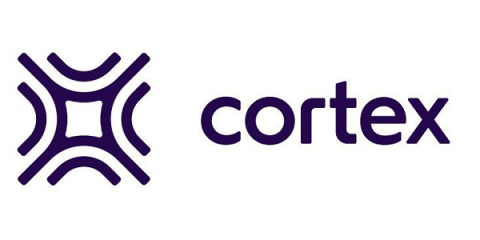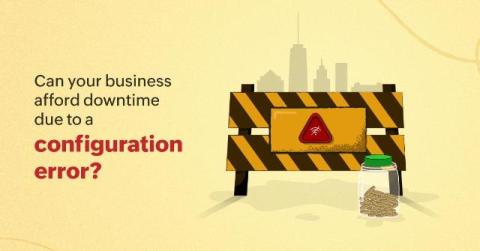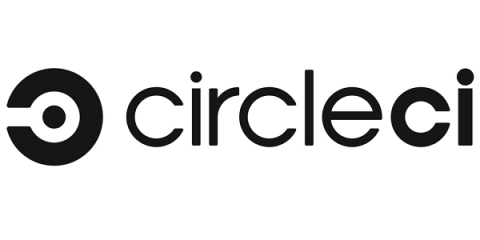From writing code to running a company of 300+ employees
Today we break down another exciting edition of Founders and Friends, the podcast we’ve created to hold conversations with visionary leaders shaping the tech industry. Today’s conversation features Paul Stovell, co-founder and CEO of Octopus Deploy, and of course, JD Trask, co-founder and CEO of Raygun. Together, they explore the realities of running software businesses, from the evolving nature of agile practices to scaling software teams efficiently. What’s in this article.











